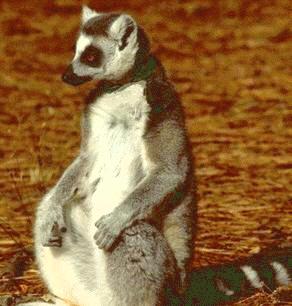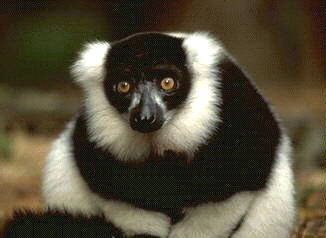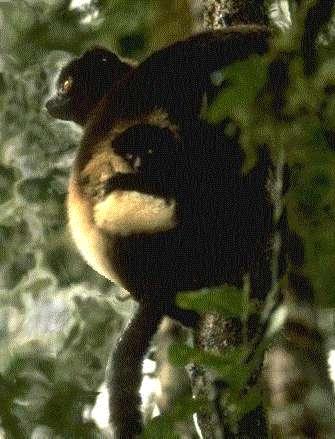|
I've been interested in Madagascar ever since college. But it
seemed too distant (12,000 miles away), and too expensive to be anything but a
place in my dreams. Then in 1989, a friend, the artist Pieter Folkiens, came to
a whale party and inappropriately showed some slides of Madagascar and lemurs.
A few months later, I was there, for one month, as part of a 4 person tour of
much of the central and southern part of the island.
Why should you care about Madagascar when you already have plenty
of other worthy causes? Well, spend some time with a few lemurs and the
question will answer itself. Lemurs are amazingly charismatic and charming
animals. Though perhaps not as intelligent as monkeys, they act far more mellow
and less aggressive. Curious, playful, social, furry as heck, and seemingly
gentle leaf-eaters, they possess a unique charm. |

|


